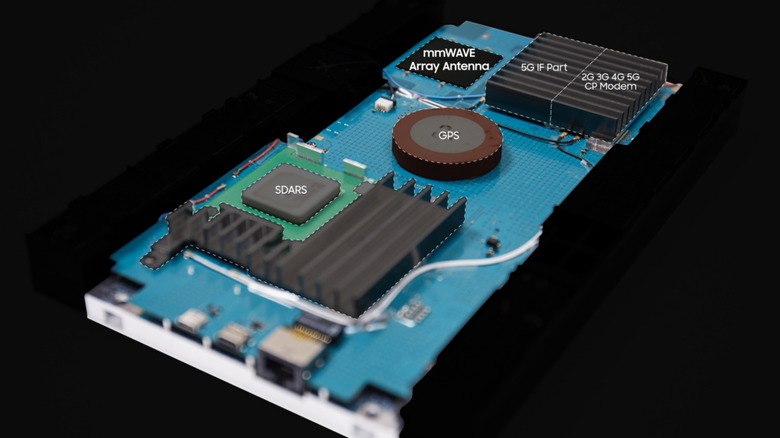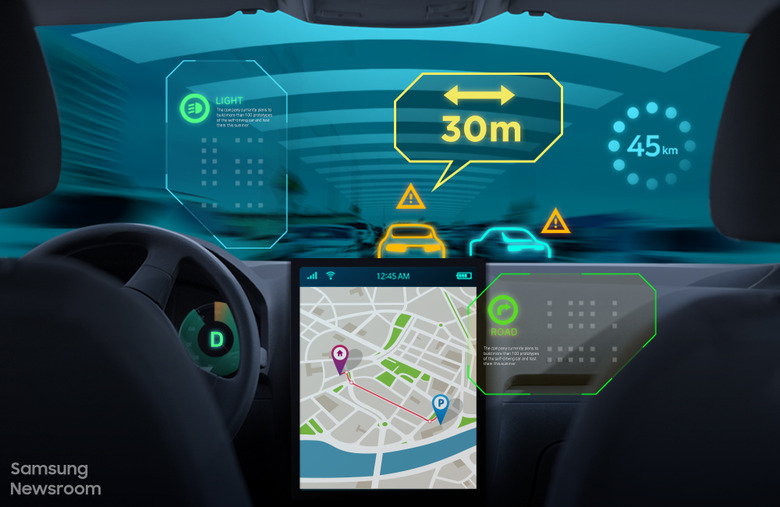Samsung Offers Details On Its Automotive mmWave 5G Telematics Control Unit
We may receive a commission on purchases made from links.
Automotive manufacturers are moving towards integrating all sorts of telematics features into vehicles of the future. These features bring baked in high-speed Internet connectivity for streaming data to and from a vehicle. Samsung Electronics introduced the first 5G-ready telematics control unit (TCU) in 2019. Samsung is now talking about its 5G mmWave TCU that will enable new functionality.Samsung says 5G mmWave technology reduces data transfer latency to a minimum and can cover multiple vehicles at once. According to Samsung, the technology would be necessary to enable prompt communication between vehicles, pedestrians, and infrastructure. 5G mmWave technology offers bandwidth from 100 MHz to 1 GHz, which is ten times wider than the bandwidth offered by most wireless communication solutions today.

The wider bandwidth offered by 5G mmWave technology would allow large amounts of data to be transmitted more quickly. It would enable vehicles to provide drivers with real-time road information and vehicle-to-vehicle communication. Enabling a TCU with mmWave required a differentiated antenna positioning and design to ensure stable communications due to high penetration losses, high propagation losses, and the ease of signal blockage by obstacles.

To efficiently transmit, receive, and utilize 5G mmWave signals, Samsung uses array antenna beamforming technology. The technology allows antenna beams to be concentrated in a specific direction and transmitted with more power. The tech minimizes interference and increases transmission coverage. The technology also allows data to be sent and received at high speeds using a more stable connection even if the vehicle is moving.
Samsung's mmWave base station has 1024 antenna elements and supports precise beamforming. Its 5G Compact Macro technology provides seamless connectivity to cars driving at up to 200 km/h. The TCU also features a heatsink structure, ensuring the device works in extremely hot or cold temperatures. The technology will enable new safety and entertainment features in the vehicle, including autonomous driving.
